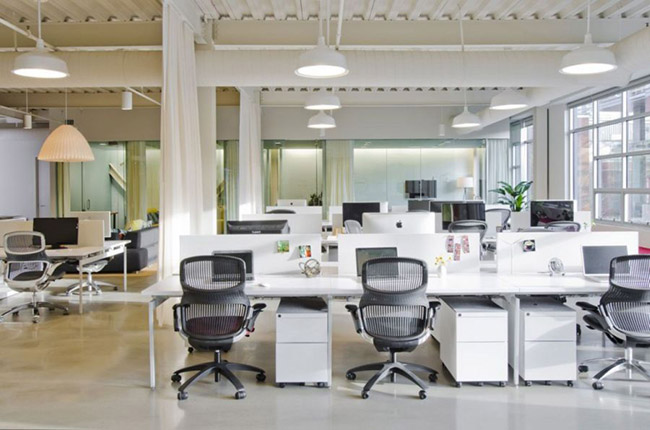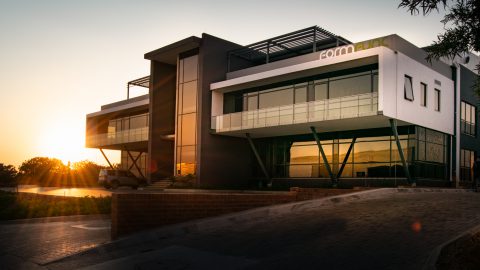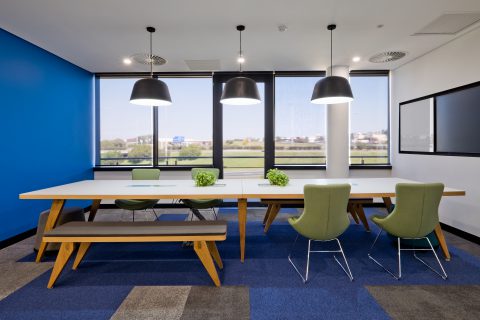Celebrating Women
7 Tips For Productive Office Space
LAYOUT
Open-plan working environments are very much the norm, says Pippa Rodgers, owner of Workspace Design. This design maximises the number of people in a space, which keeps rentals down, is less costly to build, and, proponents say, promotes collaboration.
But a recent study by the University of Sydney Faculty of Architecture, published in the Journal of Environmental Psychology, found that workers in open-plan situations report less satisfaction with their working environments, with noise and lack of privacy the main problems.
Rodgers advises: “When you take staff out of private or semi-private offices and create an entirely open-plan environment, it is important to give back privileges and privacy.”
Solutions involve all manner of flexible communal spaces, such as pause areas and small meeting rooms which accommodate a couple of people, or a staff member who needs to work without distraction. There’s even a little phone booth, which offers a private space for phone calls.
LIGHTING
Lighting is a factor that often goes unnoticed, but has a significant impact on productivity and an overall feeling of wellbeing. In fact, research in a banking organisation in Pakistan and published in the Journal of Public Affairs, Administration and Management, found lighting to be the primary factor that affects employee productivity. Dim lighting can cause eyestrain, tiredness and poor focus. Harsh lighting can strain the eyes, contribute to headaches and even trigger migraines. Natural light is associated with better mood and morale, lower fatigue and reduced eyestrain, but it is usually not possible to rely entirely on natural light. Lighting consultants often recommend a moderate indirect light source and a personally controlled direct light source for the task at hand.
ERGONOMICS
No employee is going to be at peak productivity with an aching back! A good chair is key, but just as important is the set-up of the chair, desk and
computer. Everything should be within reach without stretching or straining.
ORGANISATION
Even in highly computerised environments, a great deal of time – some studies say as much as four hours a week – is wasted looking for things. Clear work surfaces and a well-organised filing and storage system help.
TEMPERATURE
A temperature of between 21°C and 23°C is considered optimal for productivity, and just a few degrees too hot or cold can have negative effects. Temperature is hard to get right in an open-plan environment – one person’s ideal temperature is the next person’s sauna!
PLANTS
Indoor pot plants have been shown to help to reduce stress, fatigue, dry throats, headaches and dry skin among workers, says a study led by environmental psychology expert Dr Tina Bringslimark at Norwegian University of Life Sciences and Uppsala University Sweden. There is likely a psychological component, and researchers also believe that plants and the microbes in the soil may be capable of removing indoor pollutants and dust.
MOVEMENT
Having workers sit at desks for eight hours at a stretch is not the way to achieve maximum productivity. Employers may not offer the Google office experience – coffee lab, games room, slides and pool tables – but they are making an effort to provide employees with spots to chill, to chat and to eat. Rodgers says companies are looking at small on-site gyms, or just a shower facility so staff can go for a run during lunch-hour.






 Sign-up and receive the Business Media MAGS newsletter OR SA Mining newsletter straight to your inbox.
Sign-up and receive the Business Media MAGS newsletter OR SA Mining newsletter straight to your inbox.